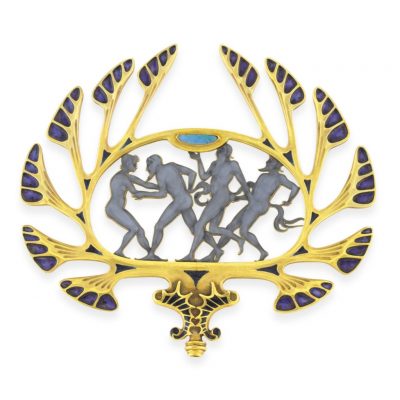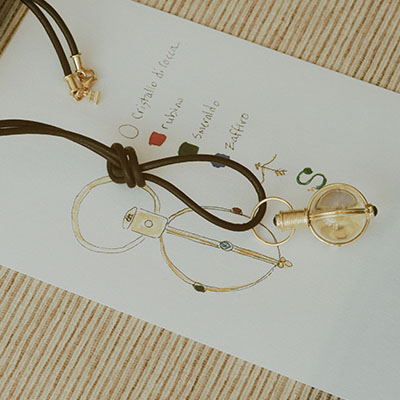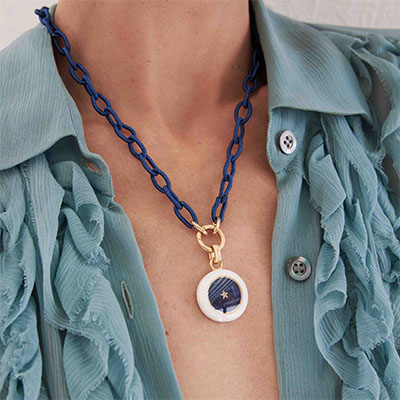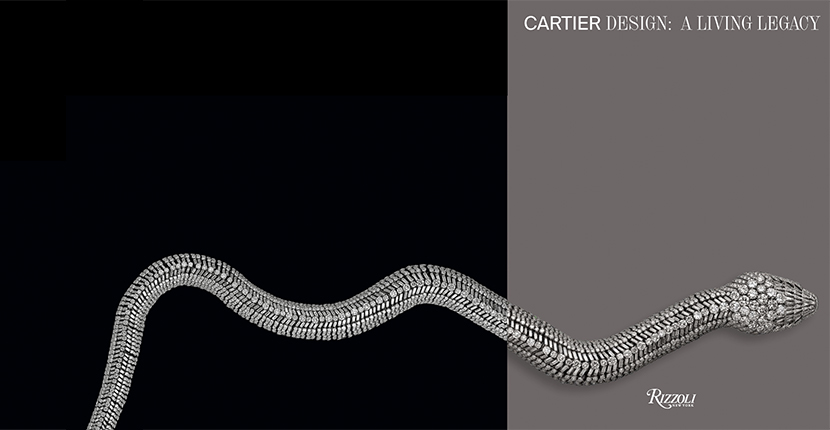
María Félix’s Cartier snake necklace in an image and on the cover of Cartier Design: A Living Legacy (Rizzoli). Photo by Vincent Wulveryck, Collection Cartier © Cartier
Books & Exhibitions
Do You Need Another Book on Cartier?
Two new publications on the French jeweler have just been released
October 17, 2023—I have too many Cartier books to count. My library includes publications going all the way back to Retrospective Louis Cartier: Masterworks of Art Deco, printed in a limited edition of 1,000 in October 1982. The slender volume predates the official establishment of the Cartier Collection in 1983. I believe it is the first book on Cartier’s history.
Over the last 40-years Cartier has made story-telling a priority. This strategy has resulted in innumerable publications, many of which are catalogues for the over 35 museum exhibitions devoted to the jeweler. A couple of the most impressive are the 1997 Metropolitan Museum of Art catalogue titled Cartier: 1900-1939 and Cartier & Islamic Art: In Search of Modernity initially stage at the Musée des Arts Décoratifs in Paris in 2021.
This season two more Cartier books have been released, Cartier Design: A Living Legacy and Cartier: The Impossible Collection. If you have been collecting Cartier books over the years, the question is do you need them?
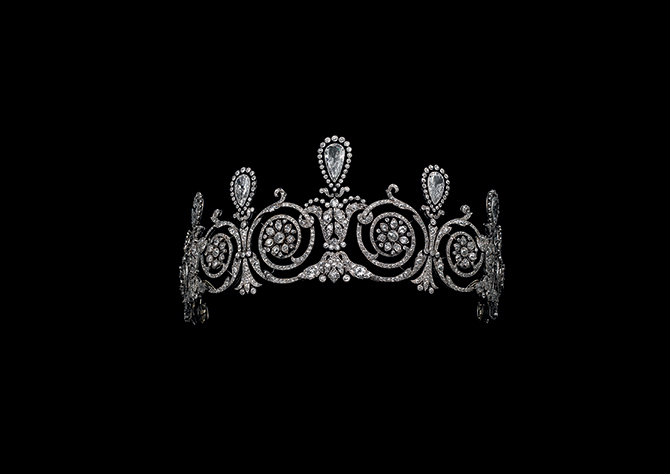
The Impossible book from the series by Assouline has 224-pages, 195 illustrations and weighs a whopping 17 pounds. It’s packaged in a silk clamshell with an internal clamshell in suede and will set you back $1,200. The book is not exactly something you can curl up with and study. It’s ideal for someone looking for a bit of luxurious jewelry-book-décor.
If you want a comprehensive Cartier book, however, there are others available for less and include many more treasures. One of my favorites, which I pull off the shelf all the time, is an oversized two volume set titled The Cartier Collection published by Flammarion in 2019. The 720-pages of the $575 book are mainly full-page pictures of pieces in the collection. It is the most visually comprehensive book available on Cartier.
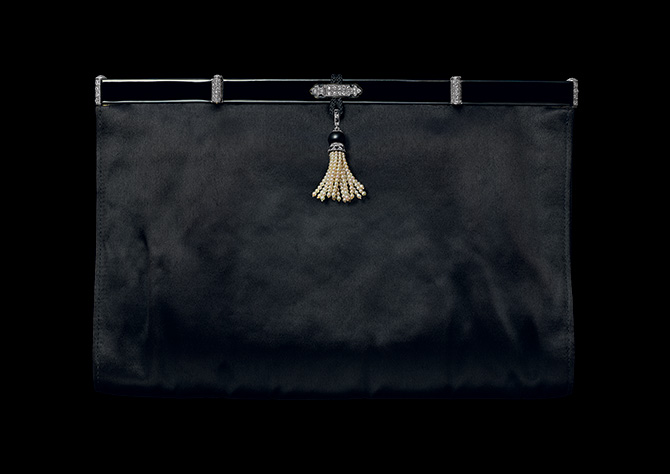
The other Cartier book of this season, Cartier Design: A Living Legacy, is the catalogue for an exhibition of the same name staged at the Museo Jumex in Mexico City earlier this year. The three-month long presentation ended in March, so clearly there was some delay in getting the book published by Rizzoli.
The 288-page coffee table-sized book costs $65. I think it is worth every penny if you are a fan of Cartier design, and if you have read this far in this book review I assume you are.
A Living Legacy features the jewels photographed on black, often placed alongside drawings from the archives. The dark color freshens up the appearance of the frequently published masterworks. The book also includes lots of smaller everyday items which get less exposure such as Mrs. Louis Cartier’s clutch bag with a natural pearl tassel accent. Several nice editorial images from the early years of the 20th century by Edward Steichen and Baron de Meyer can be found in the first couple chapters.
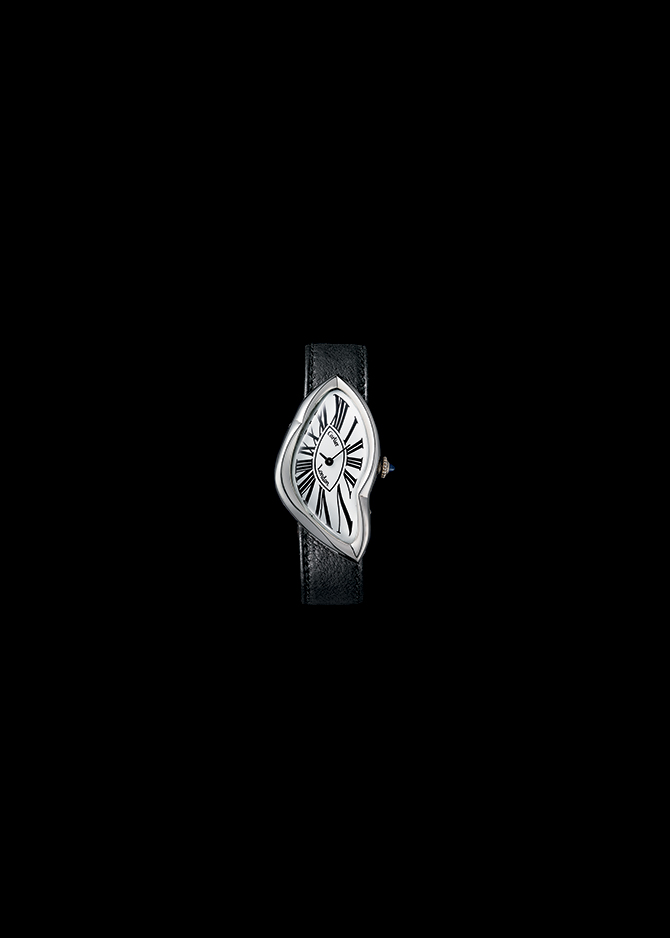
The text in Cartier Design: A Living Legacy is light, short and pleasant to read. Generally, it reviews well-known information about the early years of the jeweler’s development and how cultures around the world have influenced Cartier creations during the 1920s and to this day. There are chapters on the work of Jean Toussaint and clocks and watches, but they are not accompanied by essays just deep captions on the descriptions.
The best part of the book is the essay on the Cartier jewelry María Félix collected and commissioned from 1959 to 1976. Her story with Cartier is the perfect example of how a daring client can inspire a world-class jeweler to go even further creatively.

One anecdote I had not heard previously covers the origin story of María Félix’s snake earrings. When she placed the special order, María took one of her vintage snake bracelets to the meeting and held it up to her ear as an example of the scale she wanted the jewels to be.
Clearly, Cartier understood she meant it. The gold and turquoise enamel Cartier earrings are so big if there were not pictures of the actress wearing them, I am certain people would not believe she did.
The images are a strength of Cartier Design: A Living Legacy and the María Félix section has a collage of several rare photos showing just how magnificently she wore the Cartier jewels. In other words, the book is something wonderful to add to a jewelry library.
Related Stories:
The Mystery of María Félix’s Cartier Jewels
The Link Between Cartier Style and Islamic Art
Pierre Cartier Was A Visionary Deal Broker
Get a gem in your mailbox SIGN UP FOR THE ADVENTURINE NEWSLETTER
